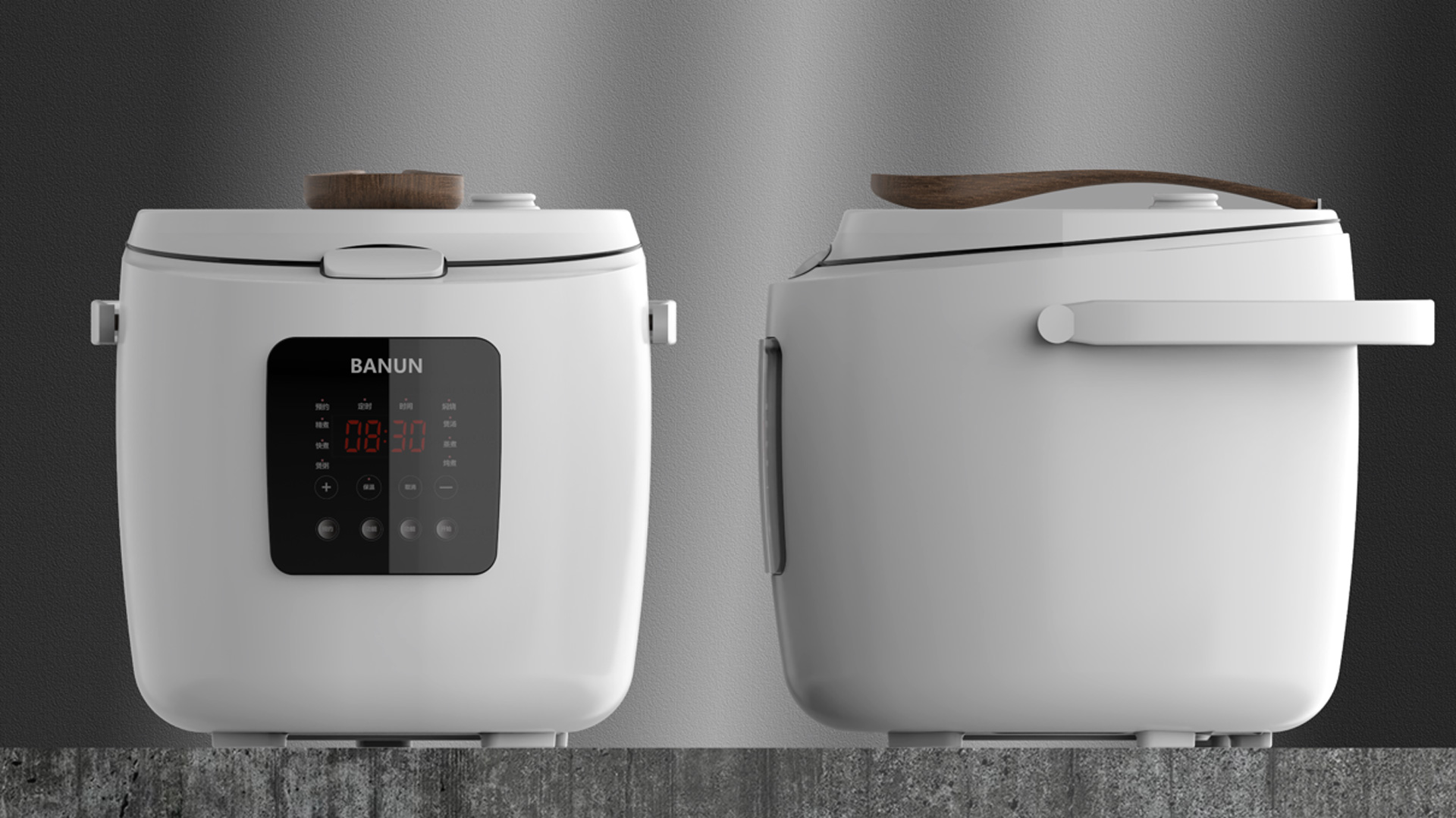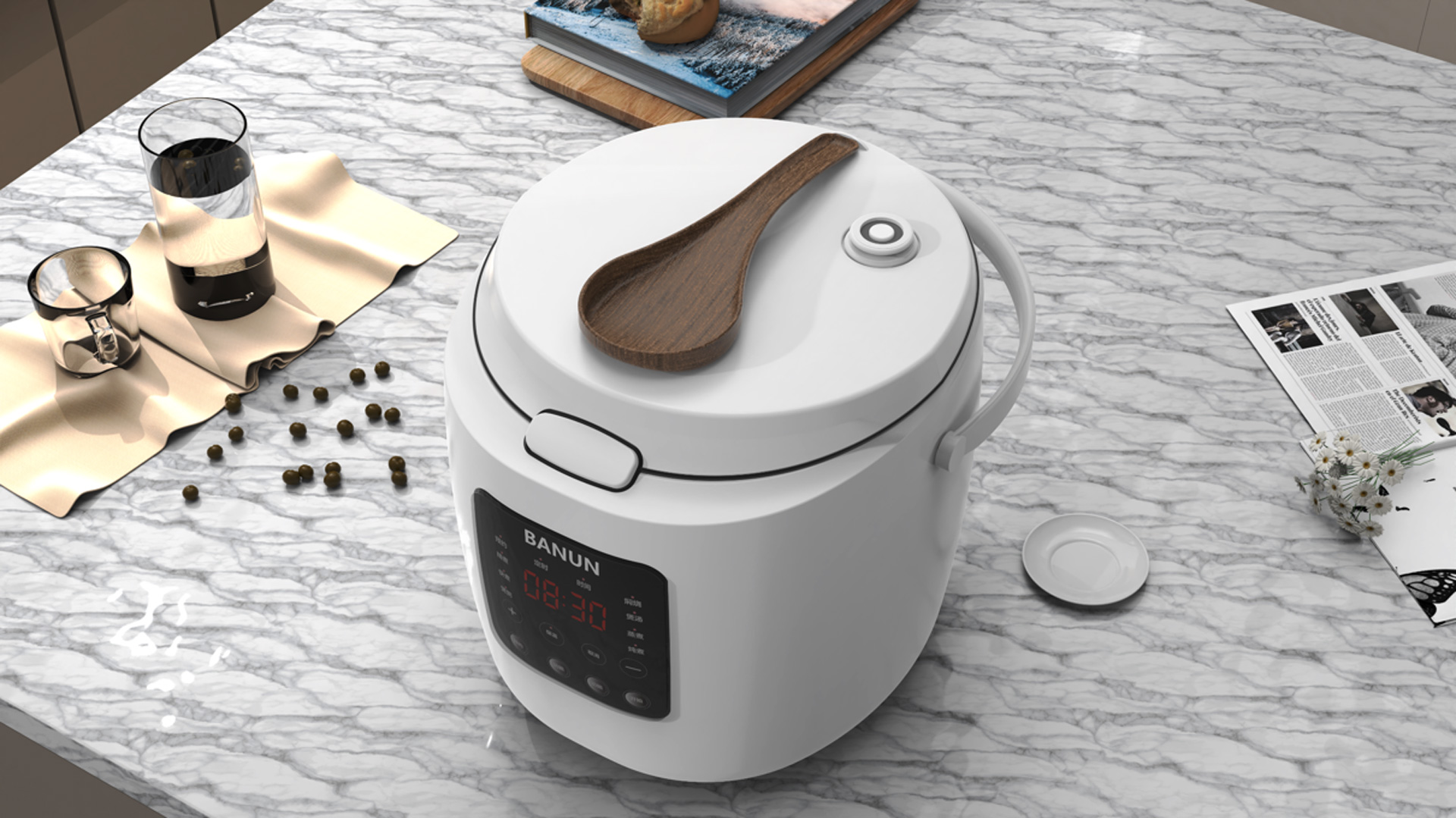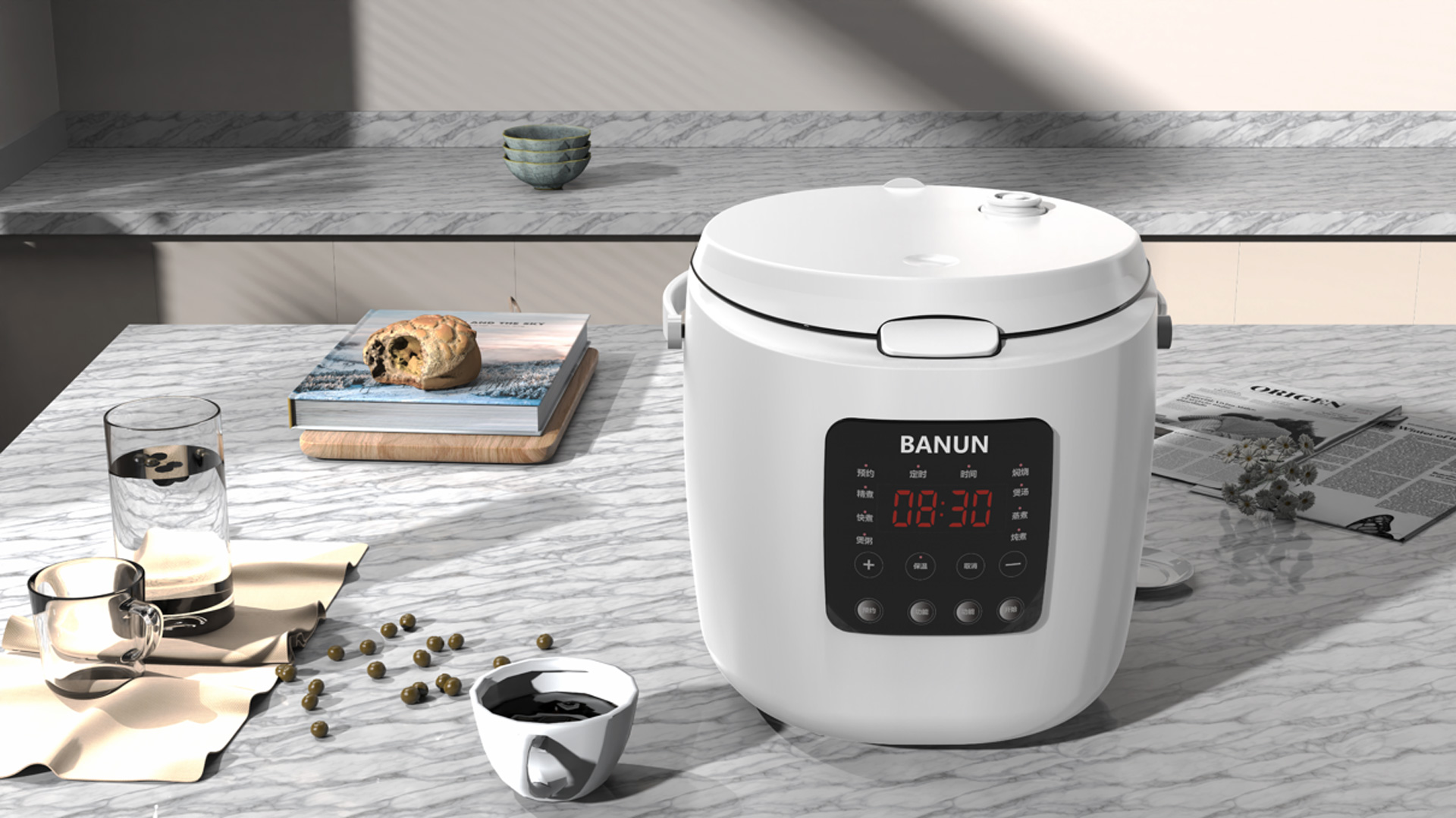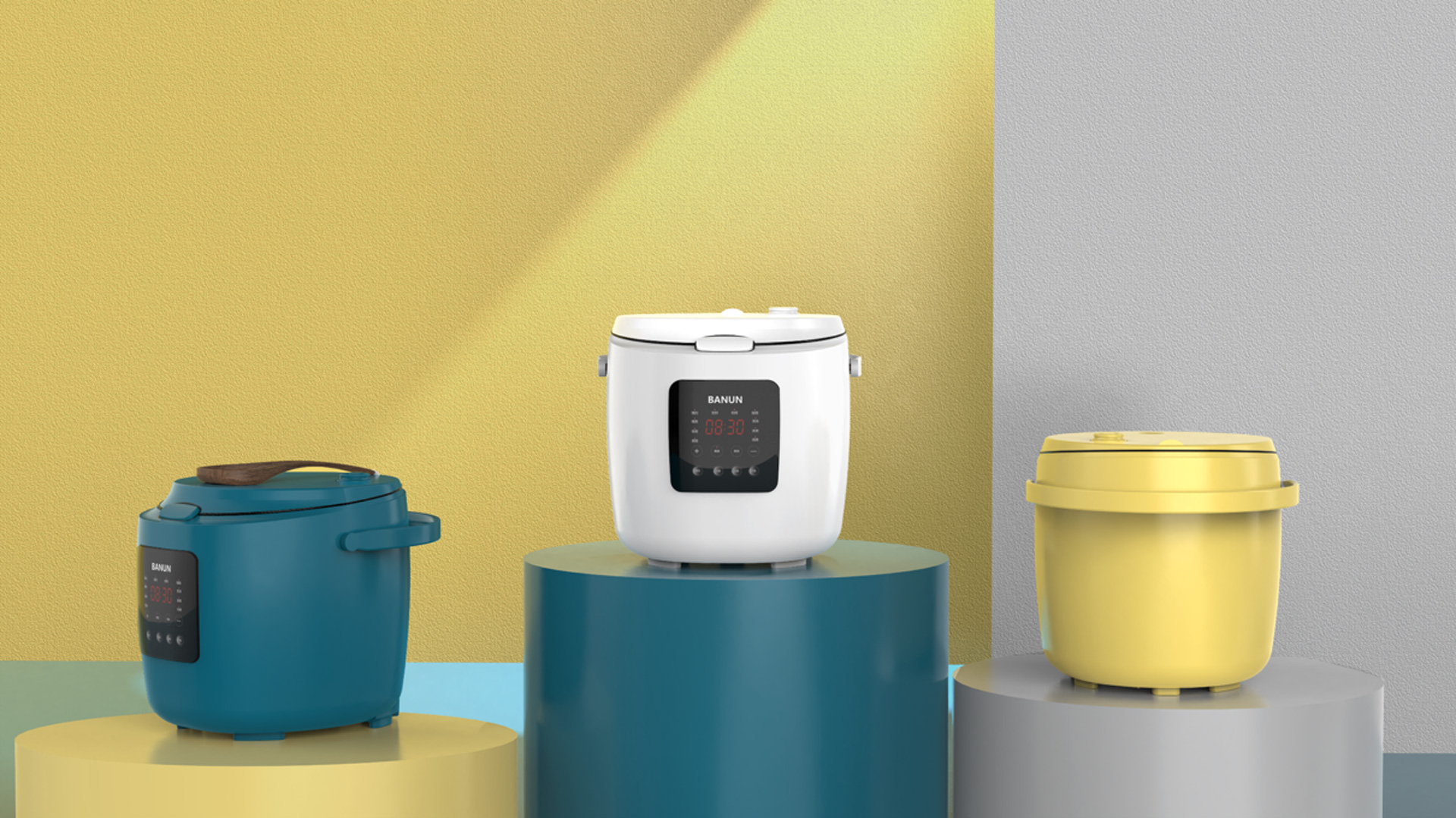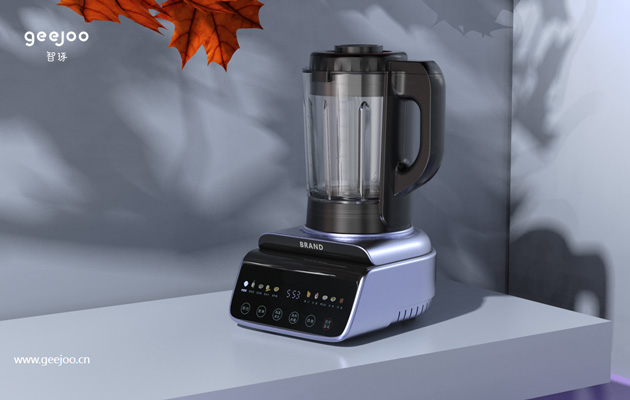SolutionSolution
Optimize electric heating elements: Use more efficient heating methods, such as IH electromagnetic heating technology, to directly heat the rice and reduce the loss of heat energy. Optimize pot body design: Use thick pot liner design to increase the contact area between rice and pot body, making heating more uniform; use non-stick coating to facilitate cleaning and prevent rice from sticking to the pot. Improve the shape and material of the pot: Choose a suitable inner pot material (such as stainless steel, ceramic, etc.), and design a reasonable inner pot shape and thickness to ensure even heat distribution and sufficient heating of the rice.

